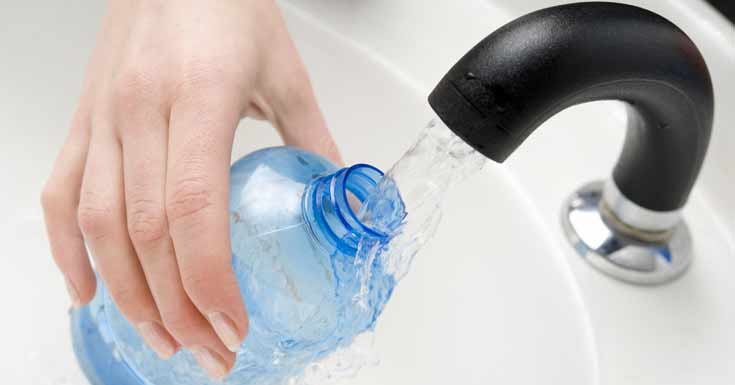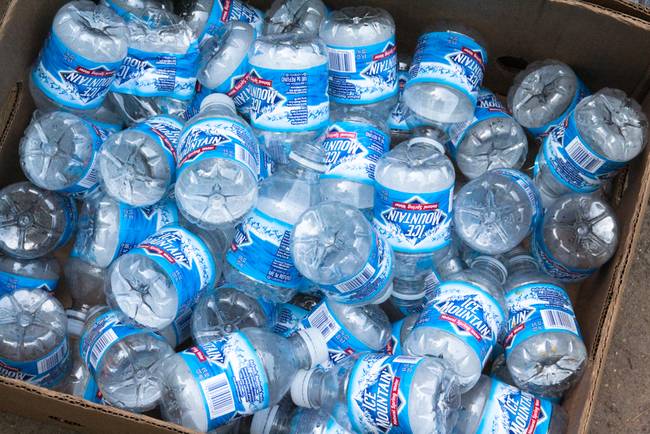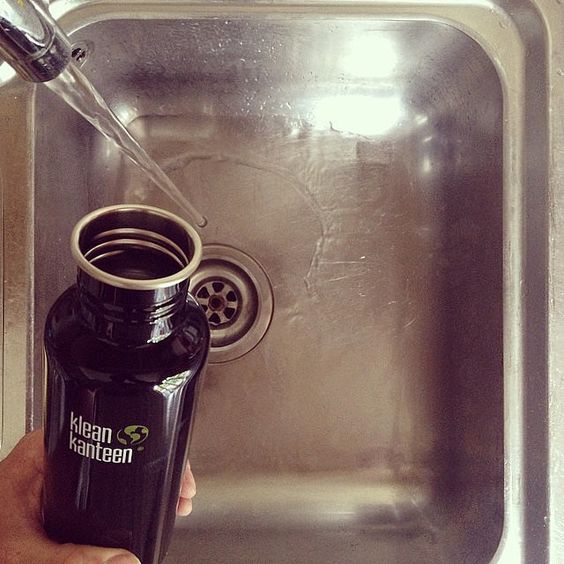Reusable Drinking Water Bottles and Bacteria: What You Need to Know
Reusable drinking water bottles have evolved into an essential, daily companion for people from all walks of life. However, their convenience and practicality is overshadowed by widespread, yet little-known health risks. As it turns out, these bottles can play host to hundreds of thousands of individual microbes, bacteria and other pathogens that can make us sick.
Different Types of Bottles Produce Different Results
There has been a lot of research over the past few years that all points to the fact that some bottles support microbial growth than others. Their overall design, and materials used produce different results. Plastic bottles, particularly those with lids that double as straws, are more-likely to harbor greater numbers and a greater variety of potentially-harmful microorganisms. On the other hand, aluminum bottles with straws have been shown to be the most-resistant.
There is still considerable debate out there as to why this is the case, but chances are that it has something to do with heat, light and the design that sets up the perfect conditions for microbial growth. Some types of plastics, or similar material, are porous at the microscopic level, and these little holes and crevices are just what these organisms need to thrive. Additionally, plastic or synthetic bottles have a tendency to absorb and trap heat and light.. This warms the inside to temperatures that are ideal for microbial growth as well.
Aluminum is Better
Bottles that are made from aluminum tend to be more thermostatic, meaning that they can maintain cooler temperatures for longer periods of time. Another benefit associated with aluminum is that there are usually fewer dimples, bends, cracks or crevices in the design, which produces fewer places for microorganisms to become established. Aluminum also has a flatter, less-porous surface area that makes it more difficult for colonies to latch-on and grow as well.
Why Straws are Better
Drinking from a straw reduces the amount of germs that are transferred from our mouths into the bottles. Not only do straws have a smaller surface area, but there is also considerable distance between the end of the straw and the inside of the bottle. This means that fewer pathogens make it all the way inside where they can reproduce. Our mouths also don’t come into contact with the lid as much, rather the straw, which can be pulled out, cleaned and replaced. This further isolates microorganisms and keeps the bottle much cleaner.
However, remember that we’re talking about a reduction, not an elimination of the presence of microorganisms in water bottles. Even those made from aluminum as well as those with straws leave traces behind after we drink. Consequently, even though these are cleaner and safer options, they still need to be sanitized properly between each use whenever possible.
Minimizing Risk
The first thing to do is to avoid placing the lips against the lid or spout when drinking. Use a straw or pour the water into a cup that can be disinfected when finished. Avoiding plastic bottles altogether is another option to consider, but you can also reduce risk by frequently swapping out and disinfecting straws as well. Finally, you can also add some purification tablets or a little bit of iodine or bleach to treat the water if you’re in a situation where you can’t clean them properly.
Finally, some research also suggests that the more-harmful, antibiotic-resistant microorganisms tend to be found in plastic bottles that people put their lips around when drinking. The reasons for this are still anyone’s guess, but it’s something worth considering the next time you fill and pack your reusable water bottles.
Take a couple of minutes and search for information about waterborne pathogens and reusable water bottles. What you discover will show why it’s so important to use the right bottles, minimize mouth-to-bottle contact, use a straw and properly clean and sanitize them the bottles between uses. Following these simple steps can go a long toward reducing the chances of catching a waterborne illness now as well as during a crisis.



